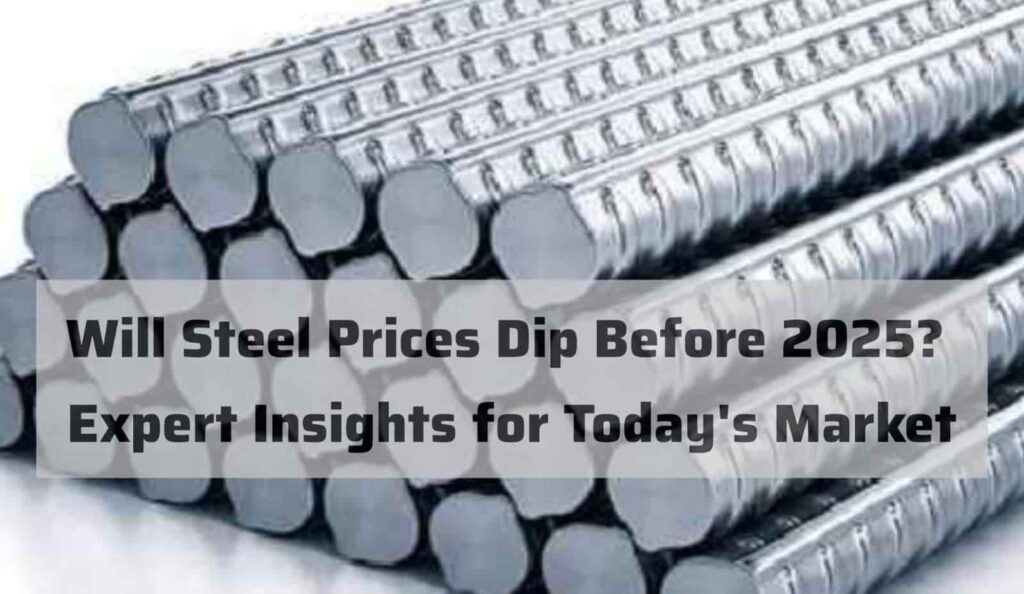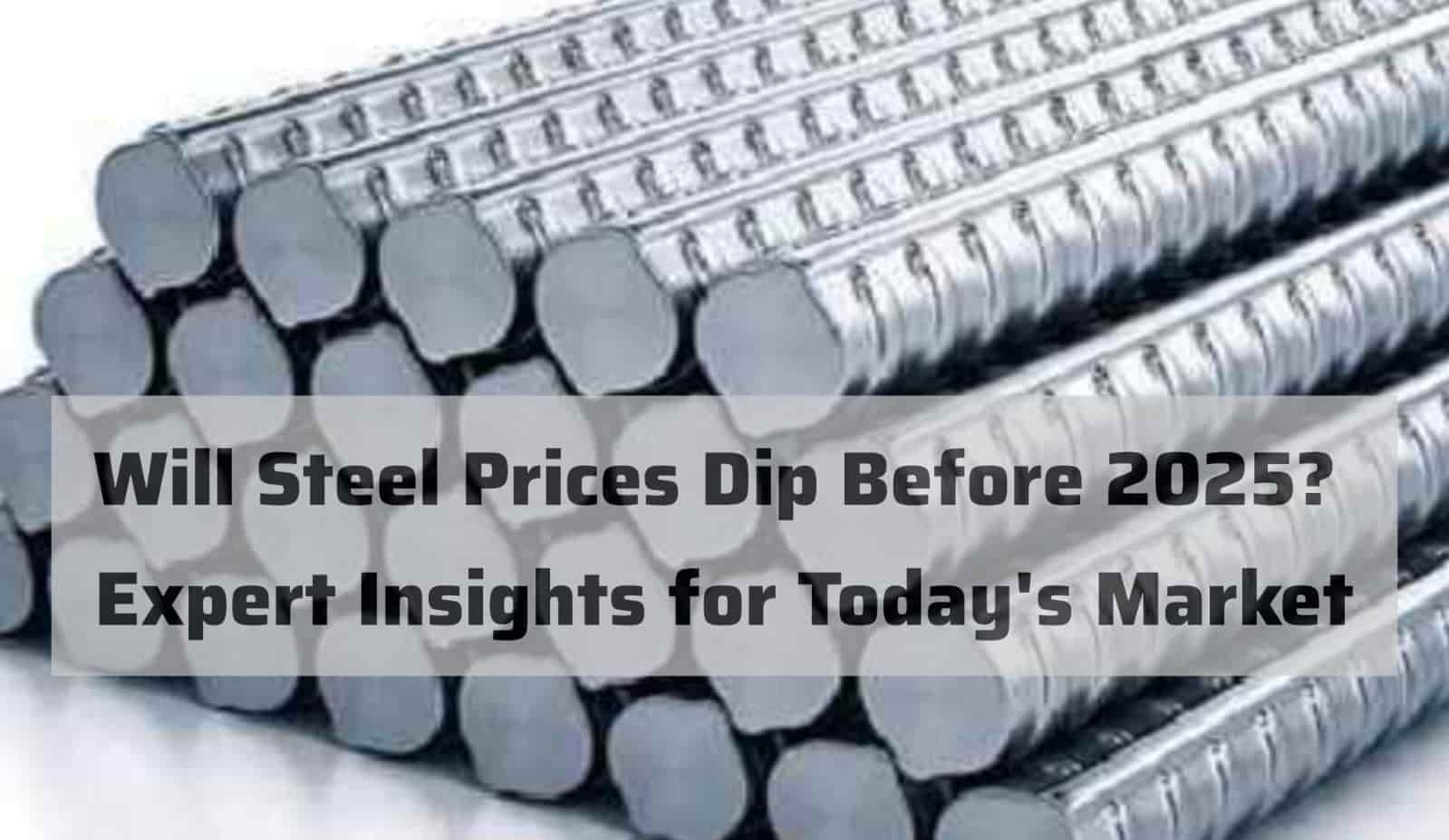Current Market Dynamics:
1. Post-Pandemic Recovery:
– There has been massive production in the global architectural as well as the automotive and construction industry since COVID-19 and this has boosted the steel demand.
– New ventures and ongoing infrastructure projects across the globe, especially in emergent countries, have put immense pressure on demand enhancement.

2. Supply Chain Challenges:
– The Covid19 has affected the business operations of organizations by disrupting the global supply chain which has led to costs of production and logistics.
– Freight costs have remained high while shipping times continue to come through extended durations, and steel prices have remained high.
Factors Driving Price Increases:
1. Economic Growth and Infrastructure Spending:
– Healthy global GDP expansion to continue. This expectation about steel production implies there will always be a steady market for steel shortly.
– The demand for steel production is forecasted to be delivered by several large construction projects. They are noteworthy with a special focus on America, China, and India.
– Stimulus packages, therefore, target the infrastructure sector within the prescribed limit set to avoid crowding out. The government is in the process of implementing these measures with the expectation that they will strengthen the steel market.
2. Rising Raw Material Costs:
– Existing costs for some basic inputs for coke production for instance iron ore and coking coal at the moment are high. This is more so because there has been limited supply and maximum demand for the products in the market.
– The increase in the basic material price is likely to lead to increased cost of steel production as costs of raw materials affect production costs. As a result, this causes steel prices to increase in the market since the value of steel is independent of the value of money.
3. Technological and Environmental Factors:
– With a shift to green energy in generation and sustainable construction practices, the social cost of production goes up. Such goals necessitate industries to embrace cleaner technologies as a measure of realizing them.
– The use of cleaner methods of steel manufacturing, as well as other green technologies, entails initial costs being high. However, these technologies are rather eco-sensitive in the long run, though they are not free from certain ecological drawbacks.
4. Geopolitical Tensions and Trade Policies:
This incorporates the context and the thematic imagery to present a package that is complete.
– Examples of geographical disruptions include the current Russia and Ukraine conflict where supply chains are affected. They also help in keeping high the prices of steel in the global markets.
– Global trade policies, tariffs, and sanctions between the steel-producing and steel-consuming countries apply a critical control on the supply side and demand side. These factors, in turn, affect the global trend of steel prices and the market condition of the industry.
Expert Insights on Market Trends:
1. Industry Analysts’ Forecasts:
– Going further, market analysts can forecast that the trend is likely to be maintained at elevated levels in the future, concerning steel prices. This shall be an ongoing trend until 2025 due to the ever-growing demand and supply chain issues that accompany the industry.
– Data furnished by financial institutions and industry associations reveal a steep demand-supply gap. This imbalance is set to remain apparent in the near-distant future.
2. Environmental Regulations:
– New, tougher environmental standards lead to higher costs of complying with the steel industry. This categorization, in turn, even increases production costs in various industries to greater heights.
– If the authorities demand green practices, they may need more investments in the processes necessary for the accomplishment of these goals. Based on these investments, global steel prices will continue to remain high within the market.
In conclusion, it can be argued that even though many advanced technologies and effective supply chain systems are expected to be implemented in the future, the demand for them is still set to remain high and constant. The production costs and the geopolitical factors are also pointing toward the fact that steel prices can still be on the higher side till 2025


